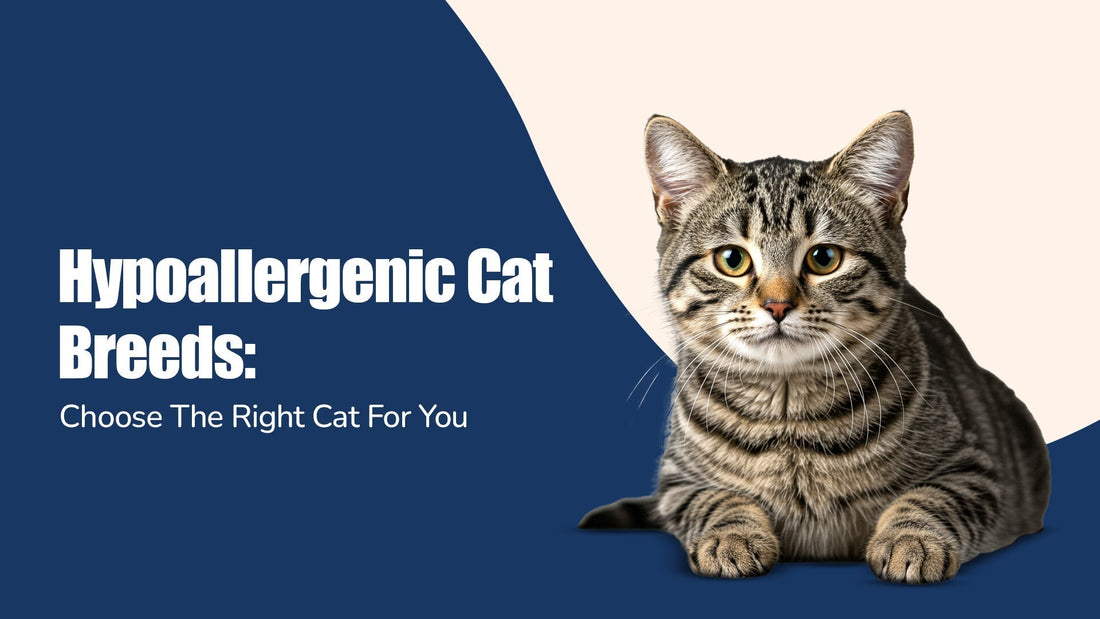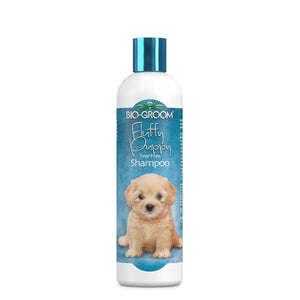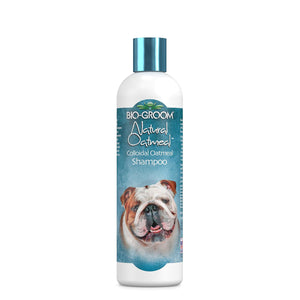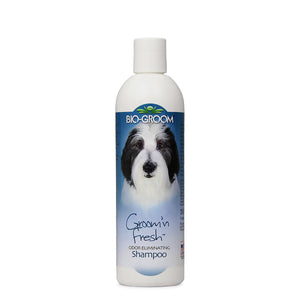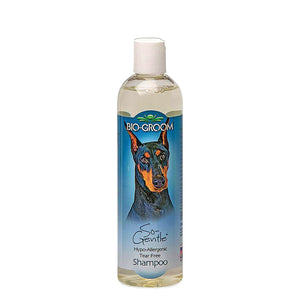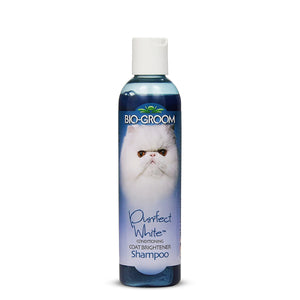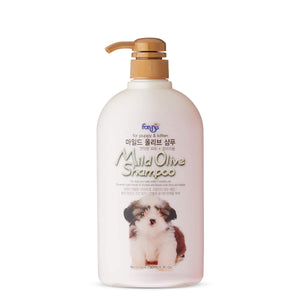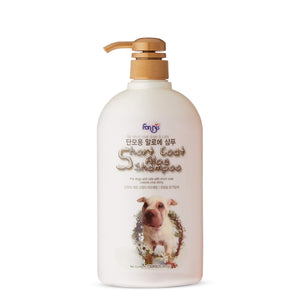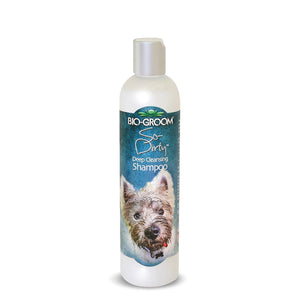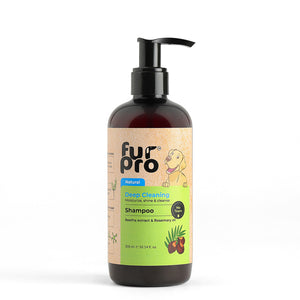Are you dreaming of owning a cat but worried about allergies? You're not alone. Many pet lovers search for hypoallergenic cats that can fit seamlessly into their homes without triggering sniffles, sneezes, or itchy eyes. While no cat is completely free of allergens, certain breeds produce fewer allergy-causing proteins, making them ideal cats for hypoallergenic households.
In this blog, we'll dive into what makes a cat hypoallergenic, explore the causes of cat allergies, and help you understand how to choose the best hypoallergenic cat breeds for your lifestyle.
Understanding Hypoallergenic Cats
If you're considering bringing a feline friend into your home but suffer from allergies, it's essential to understand what "hypoallergenic" really means when it comes to cats.
What Does “Hypoallergenic” Mean in Cats?
In the context of pets, hypoallergenic refers to animals that are less likely to cause allergic reactions. For cats, this typically means they produce lower levels of Fel d 1—a protein found in cat saliva, skin, and dander that is responsible for most human cat allergies.
Misconceptions: No Cat Is 100% Allergen-Free
One of the biggest myths is that hypoallergenic cats are completely safe for allergy sufferers. In reality, all cats produce some level of allergens. However, certain hypoallergenic cat breeds produce significantly less Fel d 1, making them more tolerable for sensitive individuals. So while you may not be totally in the clear, these breeds can still be a great option with proper care and management.
Also Read - Cat Nutrition Guide
Causes of Cat Allergies in Humans
To understand how cats for hypoallergenic environments work, let’s look at what triggers those allergic reactions in the first place.
How Allergens Are Spread
The main culprit behind cat allergies is the Fel d 1 protein. Here's how it spreads:
-
Licking: Cats groom themselves by licking, spreading Fel d 1 from their saliva onto their fur.
-
Shedding: As they shed fur and skin cells (dander), allergens become airborne or settle on surfaces.
-
Airborne particles: These particles are tiny and can easily become suspended in the air, making them easy to inhale.
Common Symptoms of Cat Allergies
People with cat allergies may experience symptoms such as:
-
Sneezing or runny nose
-
Itchy or watery eyes
-
Skin rashes or hives
-
Coughing, wheezing, or shortness of breath
These reactions can range from mild discomfort to severe respiratory issues, depending on the individual's sensitivity.
Also Read - Flea Treatment for Cats
Why Some People React More Than Others
Not everyone reacts to cats the same way. Several factors influence allergic reactions, including:
-
Genetics: A family history of allergies increases your risk.
-
Existing conditions: People with asthma or eczema may experience heightened sensitivity.
-
Exposure level: The more you're exposed to allergens, the more likely you are to react.
8 Top Hypoallergenic Cat Breeds
If you're looking for the best cats for hypoallergenic living, these breeds stand out for their lower levels of allergens and allergy-friendly traits. While individual reactions can vary, these hypoallergenic cat breeds are known to be more tolerable for allergy sufferers.
1. Siberian
Surprisingly, despite their long, fluffy coats, Siberians are one of the most popular hypoallergenic cat breeds. They produce less of the Fel d 1 protein compared to many other breeds. Their friendly, affectionate nature makes them a favorite for families—even those with mild cat allergies.
2. Balinese
Nicknamed the "long-haired Siamese," the Balinese is elegant, intelligent, and vocal. They also produce lower amounts of Fel d 1, making them a solid pick for those seeking hypoallergenic cats. Plus, their silky coat sheds less, reducing the spread of allergens.
3. Oriental Shorthair
Sleek, stylish, and playful, the Oriental Shorthair is another great cat for hypoallergenic households. Their fine, short coat requires minimal grooming and doesn’t trap allergens like thicker coats might. Their social personality is just a bonus!
4. Russian Blue
The Russian Blue is a quiet, dignified breed with a beautiful silvery-blue coat. They produce less Fel d 1 than most cats, and their dense double coat helps trap dander close to the skin, preventing it from becoming airborne. A true hypoallergenic gem!
5. Bengal
Bengals not only look wild but have hypoallergenic traits too. Their short, pelt-like coat doesn’t shed much, and they groom less frequently than other breeds—meaning less saliva spread. Energetic and curious, Bengals are perfect for active households looking for hypoallergenic cats.
6. Devon Rex
With their big ears and pixie-like features, Devon Rex cats are as charming as they are allergy-friendly. They have very little fur, and their fine, wavy coat sheds minimally. These playful and affectionate cats are ideal cats for hypoallergenic environments.
7. Cornish Rex
Similar to the Devon Rex, the Cornish Rex has only a soft undercoat called "down," making them one of the most minimal-shedding hypoallergenic cat breeds. Their unique curly fur and energetic personality make them a favorite among allergy sufferers who love a quirky cat.
8. Sphynx
The ultimate hypoallergenic cat, the Sphynx is famously hairless—but that doesn’t mean maintenance-free. They still produce Fel d 1 and need regular bathing to remove oil and allergens from their skin. However, with no fur to shed, they’re one of the best choices for those with allergies.
Choosing the Right Cat for Allergy Sufferers
Finding the perfect hypoallergenic cat goes beyond just picking the right cat breed. It’s important to assess your lifestyle, test your sensitivities, and prepare your home for a feline friend. Here's how to make an informed choice.
Factors to Consider Before Adopting
Even among hypoallergenic cat breeds, each cat is unique. Consider these factors before bringing one home:
-
Allergy severity: If your allergies are severe, consult an allergist before adopting.
-
Time and grooming commitment: Some breeds like the Sphynx or Devon Rex need regular maintenance.
-
Energy level and temperament: Make sure the cat's personality matches your lifestyle.
Also Read: Cat Vaccines Guide
Testing for Allergies Before Adopting
Before making a lifelong commitment, it's wise to:
-
Spend time with the breed: Visit breeders, shelters, or friends who own hypoallergenic cats.
-
Allergy testing: Work with an allergist to identify your specific sensitivities to cat allergens.
Lifestyle Fit and Home Environment
Some hypoallergenic breeds are high-energy and need space to play, while others are low-maintenance cuddlers. Ask yourself:
-
Do you have time for grooming and play?
-
Can you keep certain areas cat-free, like bedrooms?
-
Is anyone else in your household allergic?
Also Read: High Protein Cat Food
Allergy Management Tips for Cat Owners
Even with hypoallergenic cats, allergy management is key to peaceful coexistence. With a few simple habits and tools, you can reduce allergen exposure and breathe easier.
Reducing Allergens in the Home
-
Clean frequently: Vacuum with a HEPA filter and mop floors regularly to remove dander.
-
Use air purifiers: HEPA air filters help capture airborne allergens.
-
Designate no-cat zones: Keep cats out of bedrooms and other allergy-safe areas.
These practices can significantly reduce allergen build-up in your living space.
Grooming and Bathing Tips
Proper grooming keeps allergens in check, especially for hypoallergenic cat breeds:
-
Pet-safe wipes: Use allergen-reducing wipes to clean fur without a full bath.
-
Regular brushing: Remove loose hair and dander—especially for breeds like the Siberian.
-
Bathing: For breeds like the Sphynx, regular baths are essential to wash off skin oils that carry allergens.
Diet and Supplements for Lower Allergen Production
Nutrition plays a surprising role in allergen control:
-
Special diets: Some commercial cat foods are designed to reduce allergen production.
-
Omega-3 fatty acids: Support skin health and reduce dander with fish oil supplements or omega-rich foods.
-
Hydration: Ensure your cat drinks plenty of water to maintain healthy skin and reduce dryness.
While no cat is completely allergen-free, choosing the right hypoallergenic cat breed, maintaining a clean environment, and practicing smart grooming and nutrition can make a world of difference for allergy sufferers. If you're unsure about what breed suits you best or want to explore nutritional options to reduce allergens naturally, consulting with a veterinarian is always a smart step.
At Zigly VetCare, our expert vets can help you create a tailored plan—from recommending low-allergen diets to supplement suggestions—that keeps both you and your cat happy and healthy. Whether you're adopting your first pet or adjusting to life with a hypoallergenic breed, Zigly is here to support your pet parenting journey every step of the way.
FAQs
1. Are hypoallergenic cats completely allergy-free?
No, hypoallergenic cats are not completely free of allergens. All cats produce the Fel d 1 protein—the primary cause of allergies in humans—but hypoallergenic cat breeds typically produce less of it. This makes them more suitable for allergy sufferers, but reactions can still occur depending on individual sensitivity.
2. Which cat breed is best for people with severe allergies?
For people with severe allergies, breeds like the Sphynx, Russian Blue, or Balinese are often recommended. These cats for hypoallergenic households either produce lower levels of allergens or shed less, reducing exposure. However, it’s best to spend time with a breed and consult an allergist before making a decision.
3. Can long-haired cats be hypoallergenic?
Yes! While it may seem surprising, some long-haired hypoallergenic cat breeds like the Siberian and Balinese are actually suitable for allergy sufferers. It’s not the fur length but the amount of Fel d 1 protein they produce that matters. Regular grooming can also help reduce allergens in long-haired breeds.
4. Do male or female cats produce more allergens?
Yes, studies have shown that male cats—especially unneutered ones—tend to produce more Fel d 1 than females. Neutering male cats can significantly reduce allergen production. So if you’re looking for hypoallergenic cats, opting for a female or neutered male can be a better choice.
5. What is the best way to live with a cat if I have mild allergies?
Living with a cat despite mild allergies is possible with the right approach:
-
Choose a hypoallergenic cat breed
-
Clean your home frequently and use HEPA filters
-
Keep your cat out of the bedroom
-
Groom and bathe your cat regularly
-
Consult a vet—like those at Zigly VetCare—for dietary tips that support lower allergen production
These steps can make life with your feline companion much more comfortable.


